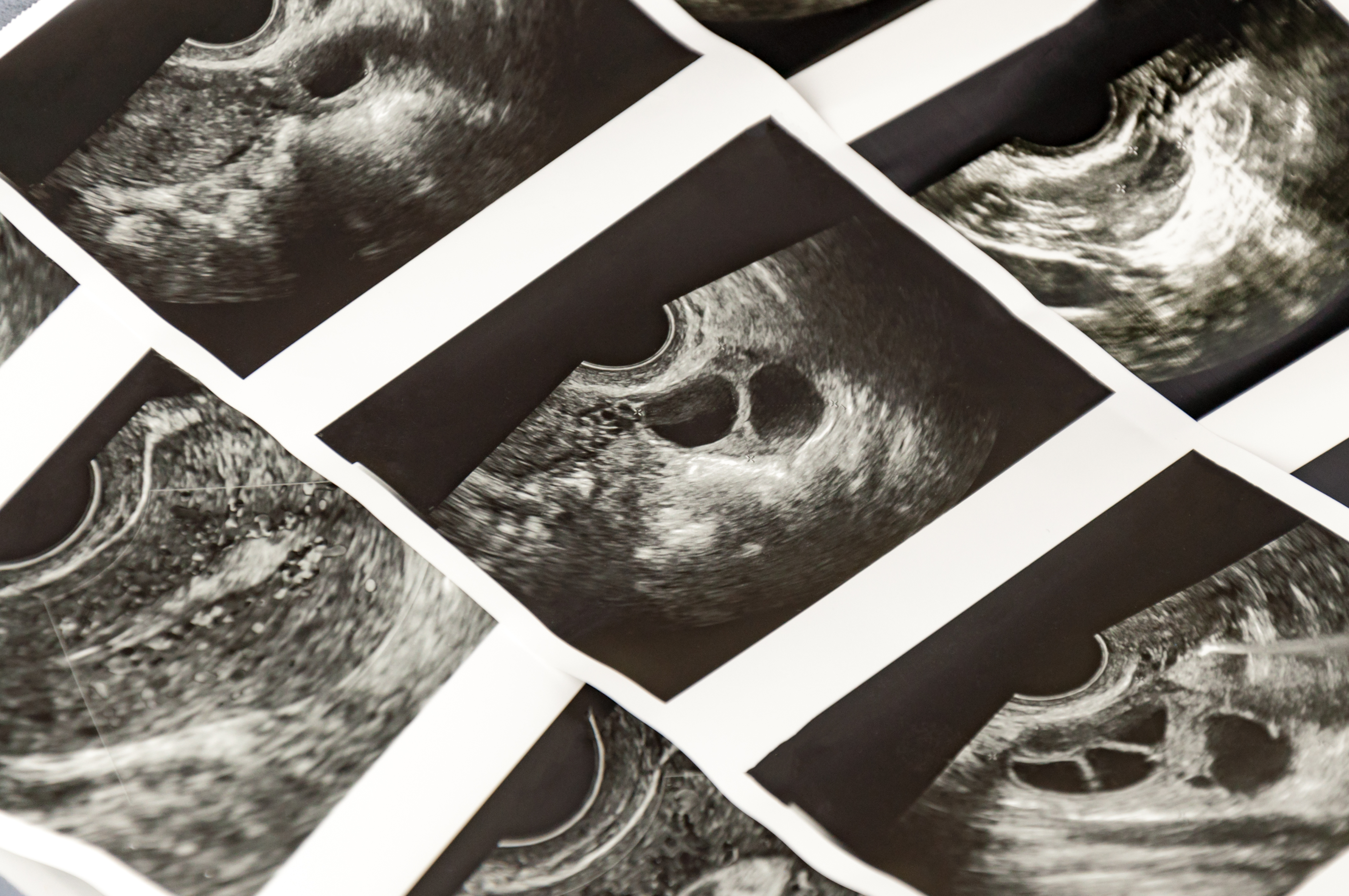OHSS, the IVF Side-Effect Making Women's Fertility Journeys 'Agony'
By Sophie Wilkinson,
The Huffington Post UK
| 02. 08. 2020
“I was in excruciating pain, I was bloated and felt really sick. The doctor had said I’d be able to go about my normal business but I missed work, I couldn’t do anything and I had to stay in bed for six days.”
Carol*, 39, from London, is an IVF success story. On her second cycle, she became pregnant and she now has a joyful toddler. But during her first cycle, as well as the invasive trips to the doctors and grimacing through the daily self-administered progesterone injections, she developed what her doctors called a “borderline” ovarian hyper stimulation syndrome (OHSS).
The symptoms Carol experienced are some of the many side-effects of OHSS, which can range from nausea and vomiting to severe bloating and blood clots. In the worst cases, OHSS can be fatal – according to government records, it has killed two British women in the past 15 years.
Statistics from the Human Embryology and Fertility Agency (HFEA), the fertility industry regulator that is required to record all incidences of OHSS, suggest a third of women undergoing IVF will...
Related Articles
By Jenny Lange, BioNews | 12.01.2025
A UK toddler with a rare genetic condition was the first person to receive a new gene therapy that appears to halt disease progression.
Oliver, now three years old, has Hunter syndrome, an inherited genetic disorder that leads to physical...
By Rachel Hall, The Guardian | 11.20.2025
Couples are needlessly going through IVF because male infertility is under-researched, with the NHS too often failing to diagnose treatable causes, leading experts have said.
Poor understanding among GPs and a lack of specialists and NHS testing means male infertility...
By Pam Belluck and Carl Zimmer, The New York Times | 11.19.2025
Gene-editing therapies offer great hope for treating rare diseases, but they face big hurdles: the tremendous time and resources involved in devising a treatment that might only apply to a small number of patients.
A study published on Wednesday...
By Aisha Down, The Guardian | 11.10.2025
It has been an excellent year for neurotech, if you ignore the people funding it. In August, a tiny brain implant successfully decoded the inner speech of paralysis patients. In October, an eye implant restored sight to patients who had...




